Connecting a private house to the water supply - the nuances
If the water main pipe passes close to your house, then the water supply question disappears by itself. You do not have to dig a well, punch a hole and do other difficult work, you just need to join the water supply network. Connecting a private house to the central water supply has a number of nuances that you should definitely know about, and that’s what we’ll look at in this review.
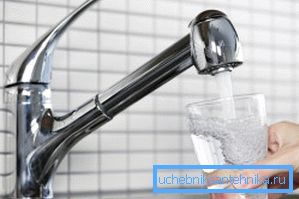
The main advantages of connecting to the water supply
Consider how the use of centralized supply differs from individual water supply and what are the main advantages of this option:
| Reasonable budget | The cost of connecting the plumbing to a private house is much lower than the services of digging a well or digging a well. This saves significant funds that can be spent on the purchase of equipment and components of higher quality, which has a positive effect on the reliability and durability of the system. |
| Small amounts of work | In order to conduct water, it is necessary to dig a trench from the distribution well to the house, and after laying the pipe to fill it. This can be done with your own hands, without the involvement of earthmoving and drilling equipment. Although it is necessary to recognize that the work is quite hard and will require a significant investment of effort and time. |
| Stable water supply | Unlike other options, the water supply system ensures constant maintenance of a certain pressure, which has a positive effect on the operation of the system. In addition, in the event of a malfunction, they will be eliminated by the workers of the water utility, you will not have to look for the malfunction yourself and eliminate it |
| Simplicity of design | The system will consist only of their supply pipe and valves. In some cases, a pump is installed to improve supply and increase pressure, but most often there is simply no need for this equipment. |

How to organize work
All activities aimed at connecting the house to the centralized water supply system can be divided into two stages: registration of all necessary documents and permits and installation itself. It is worth noting that the first stage usually takes much longer, so be prepared for trips to the authorities.
Paperwork
This process includes a number of actions that must be performed in a certain order.
The sequence is as follows:
- The first thing that you must have on hand is the plan of the site where all engineering structures and communications should be marked. The project can be obtained in the cadastral body, sometimes they are given out right in the water utility, of course, for a fee.
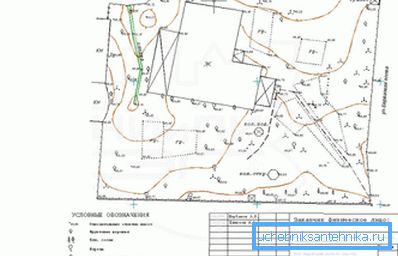
- With the project and the documents confirming the ownership of the land should be sent to the water utility. There you should write an application for connection to a centralized water supply system, all documents are accepted for consideration. The deadline for issuing an opinion is 1 month from the date of submission.
- Within a month, you will be given technical conditions in which all the necessary parameters must be specified: the place of connection to the communications, the diameter of the pipe, etc.
- All documents must be addressed to the SES department, where the application for issuing an opinion on the possibility of connecting to the water supply system is written.
- You must also contact any licensed organization to develop design estimates. That is, you will make a separate project to connect the water, it is important that it be designed in accordance with the requirements, otherwise the water utility may reject documentation.
- After coordination with the water utility, the project is registered at the SES office.
- Next, you should contact the utilities and agree to conduct excavation work. They will check if there is a danger of damage to other systems, and if everything is fine, you will be given permission.
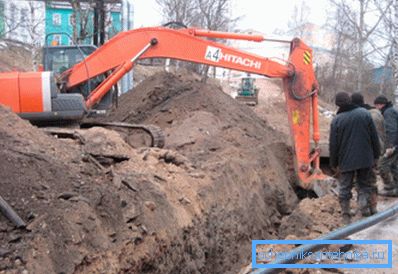
- With permission on hand, you can enter into an agreement with the organization-producer of works. The company must have a permit, as the laying of pipelines, the tie-in to the central highway and the connection of the water supply system can be carried out only by a licensed organization.
Tip! Usually in the water utility there is a list of organizations that have the right to carry out such activities, so it is better to get acquainted with it in advance and select a specific organization.
- An independent tie-in qualifies as an illegal connection to the water supply system of a private house, and entails rather large fines, so it’s strictly forbidden to do the work yourself.
- After tapping into the system, laying the pipe and connecting it to the internal communications, representatives of the water utility can be called. They must draw up the act of putting the instruments into operation, from that moment it can be considered that the works are completely completed.
- The last is a contract for water supply, under which will be paid for the water used.
Note! In order to save, you can perform unlicensed types of work on your own, such as digging trenches, laying a gravel pillow and sleeping trenches.
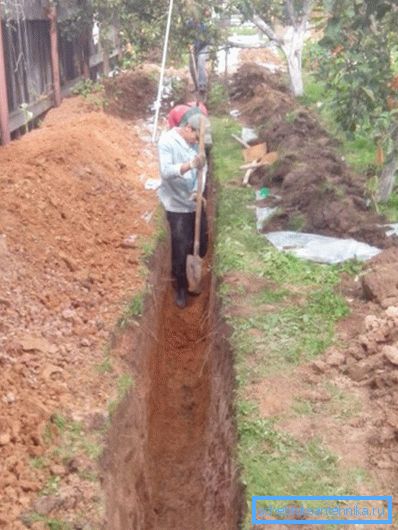
Laying Works
If you have hands on the water connection scheme in a private house, you can begin organizing the work.
As noted above, the work is performed by a licensed organization, the procedure for laying communications is as follows:
- Even before connecting the water supply system to a private house, it is necessary to decide which type of pipe will be used.. The ideal option is PND products, they are not susceptible to oxidation and corrosion, do not emit any harmful substances into the water and can be used for drinking water pipelines. In addition, such pipes are flexible, which greatly simplifies the installation, while their weight is several times less than that of a metal.

- First of all, a trench is dug, while its depth must be below the level of soil freezing. Depth of about 1.4–1.6 meters is usually required, in the northern areas and in areas with difficult terrain and trench slopes should be even deeper. The price of works varies widely and may vary by times depending on the region.
- If it is impossible to lay the pipeline at the required depth for any reason, then it is necessary to protect it from freezing by laying a heating cable or putting a special insulation on the pipes. The second option is more common due to the simplicity and low cost of insulating elements.

- It is necessary to stock in advance all required - pipes, connecting nodes, cranes and other fittings. Many installation organizations take care of the purchase of all necessary and include the cost of all elements in the total bill, in this case, you need to control the cost of products according to estimates, so as not to overpay on materials.
- The bottom of the trench must be leveled and filled with rubble or gravel. This is necessary so that the pipes are subjected to less deformation effects during operation.
- Connection can be made in different ways, a specific option is chosen by the organization that carries out the installation. Most often, a special clamping coupling is used, with the help of which it is very easy to make a sidebar, besides this operation does not take much time.
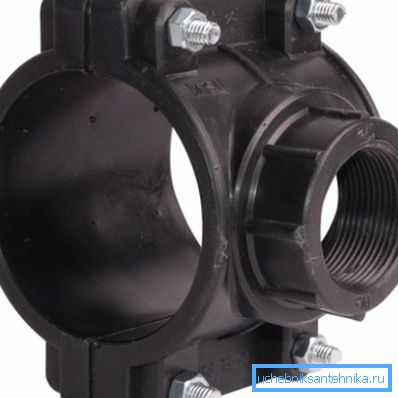
- At the entrance to the house, either a special manhole is made, or the pipe is put under the foundation and discharged in the boiler room or any other room.. Pay particular attention to how the input is insulated, since according to statistics it is this part of the structure that is most susceptible to freezing in winter.
- If the pressure in the water mains is not enough, then it is recommended to additionally include a special pressure pump in the system. It is better to choose products of proven manufacturers, it is important if there is an instruction in Russian - this will greatly simplify the work.
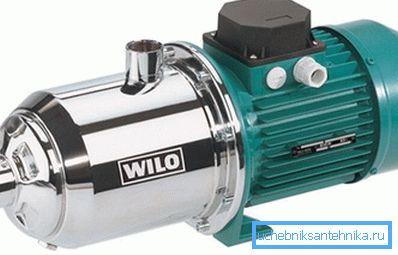
Conclusion
To connect to the centralized water supply, you have to spend a lot of time to coordinate the necessary documentation, after which the certified organization installs and connects the pipes.
The video in this article will tell you some important details regarding this topic.